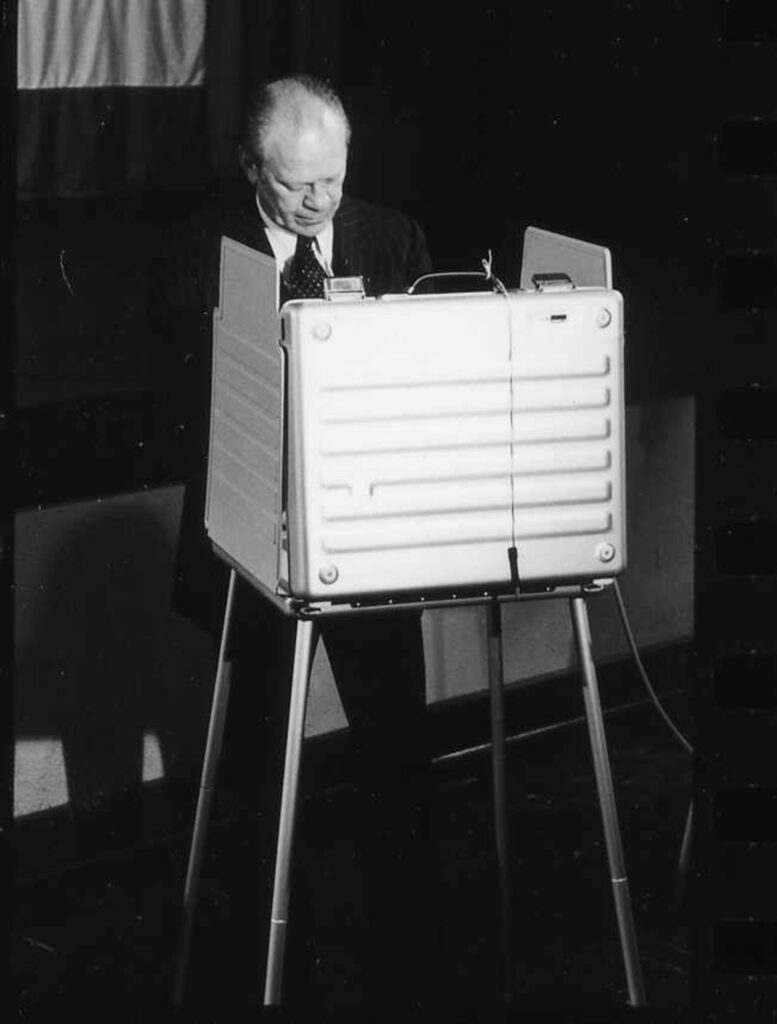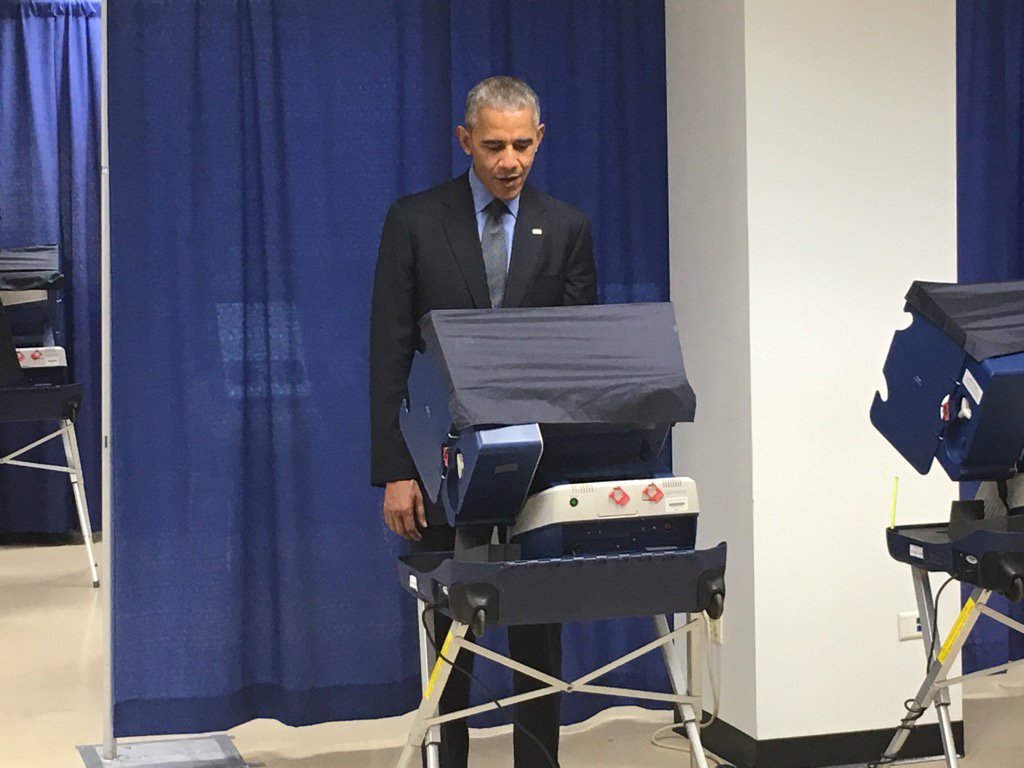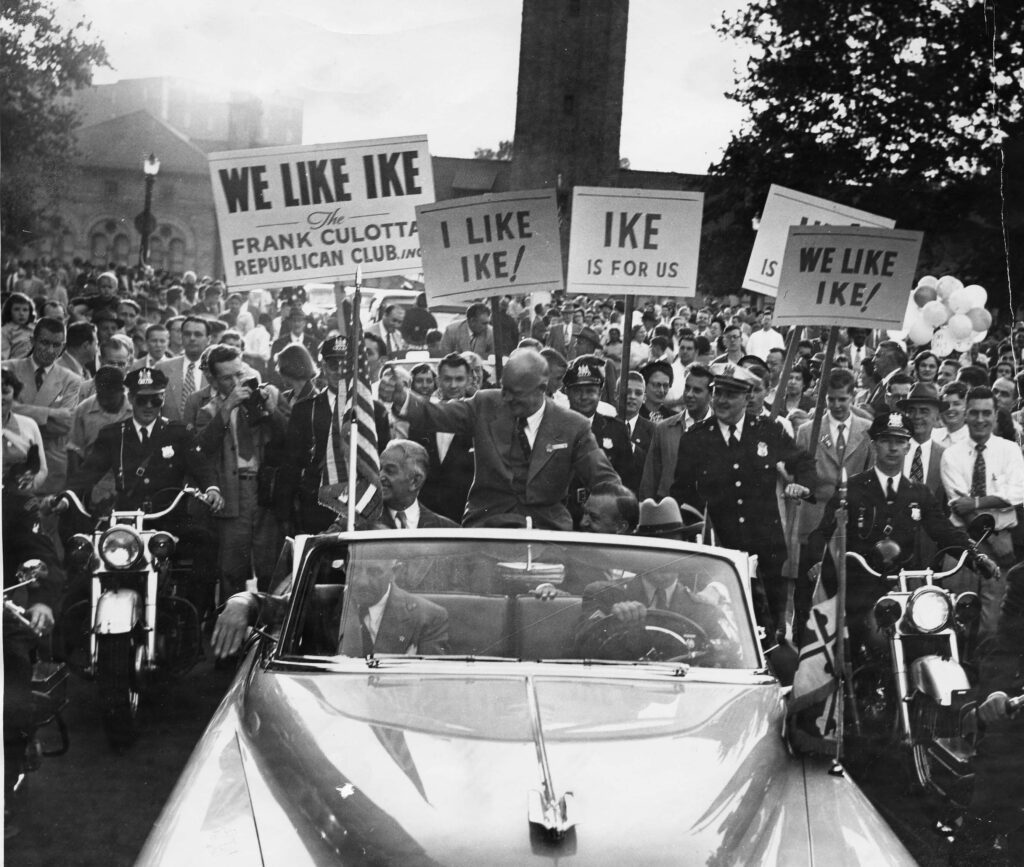Tippecanoe and Archives Too: Election Highlights in the Holdings
Today is Election Day! Have you cast your ballot? Whether you mailed yours weeks ago or are headed to the polls right now, enjoy this smorgasbord of archival highlights related to elections throughout American history.

The “First” Election
Known also as the “Revolution of 1800,” this match-up was between President John Adams and Vice President Thomas Jefferson. The race between these founding fathers (albeit intellectual adversaries at times) was not only considered the first real U.S. election because it saw the formation of two early political parties—the Democratic-Republicans and the Federalists—but it also earned its “revolutionary” title from the electoral reforms that came about in its aftermath.
Following a bitter campaign complete with slanderous pamphlets, cartoons, and bargain-making between elites, the straw that finally broke the camel's back was the tie between Jefferson and his running mate Aaron Burr. As it still is, the Electoral College was made up of electors selected by individual state legislatures. This body, as delineated in Article II of the Constitution, voted on the President, with the second-place winner automatically becoming Vice President. But what if the electors reached a tie? Despite 35 ballots being cast over a week, neither candidate could muster the majority vote needed to break the tie. It was not until February 1801 that Jefferson gained enough votes to win.
To remedy this problem for the future, the 12th Amendment separating the presidential and vice presidential vote tallies was ratified. This was one of the earliest constitutional crises.

Tally of electoral votes for the 1800 Presidential Election, February 11, 1801
Presidents to the Polls
Presidents showing up to cast their ballot on Election Day is one key way to inspire confidence in our democratic system, signifying that democracy makes us all equal participants in our system, whether you’re President or a new voter who just turned 18. Check out some photos from the holdings of Presidents and First Ladies doing their constitutional duty.

President Nixon voting in California, 1972 (Courtesy of the Richard M. Nixon Presidential Library)
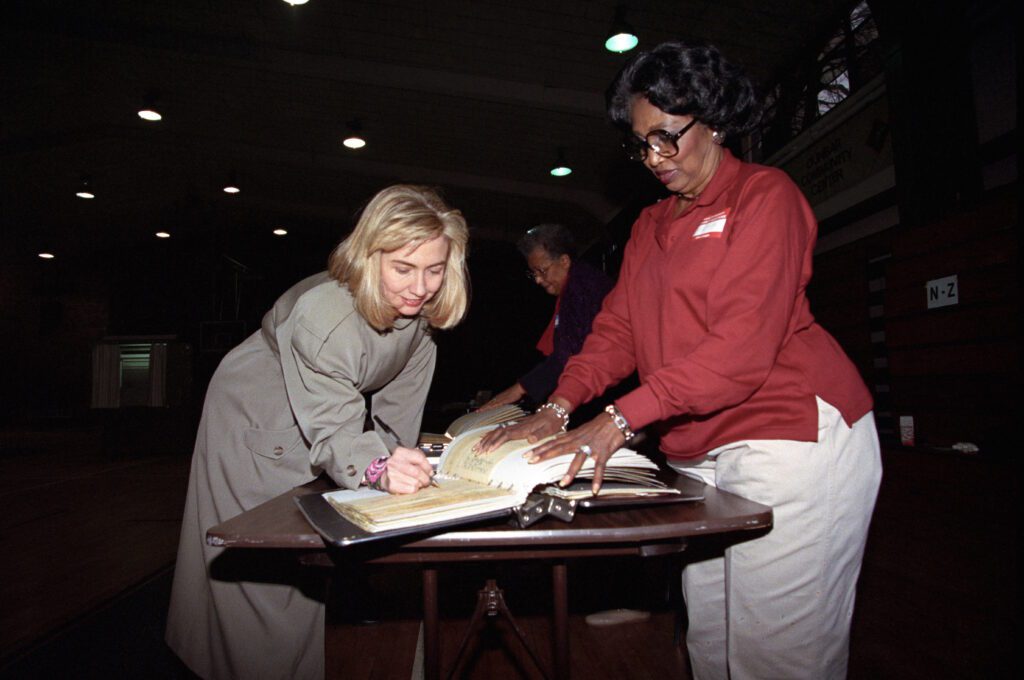
First Lady Hillary Clinton signs in to vote in Arkansas, 1993
Choose Your Words Wisely
"Tippecanoe and Tyler Too," the slogan of William Henry Harrison's 1840 presidential campaign, marked a turning point in the use of catchy phrases to capture public attention and convey political messages. This slogan not only highlighted Harrison's military heroism at the Battle of Tippecanoe, but also created a catchy rally of support for his running mate, John Tyler.

President William Henry Harrison
From then on, slogans became a mainstay of Presidential politics. With the rise of mass media in the 20th century, distinct, stand-out branding became a must-have for successful candidates. Slogans like "I Like Ike" and "All the Way with LBJ" reflect the staying power of succinct and oftentimes pun-ny messaging.
Elections have been a core tenet of our democratic system since the very beginning of our republic, so be sure you exercise your constitutional right to vote.
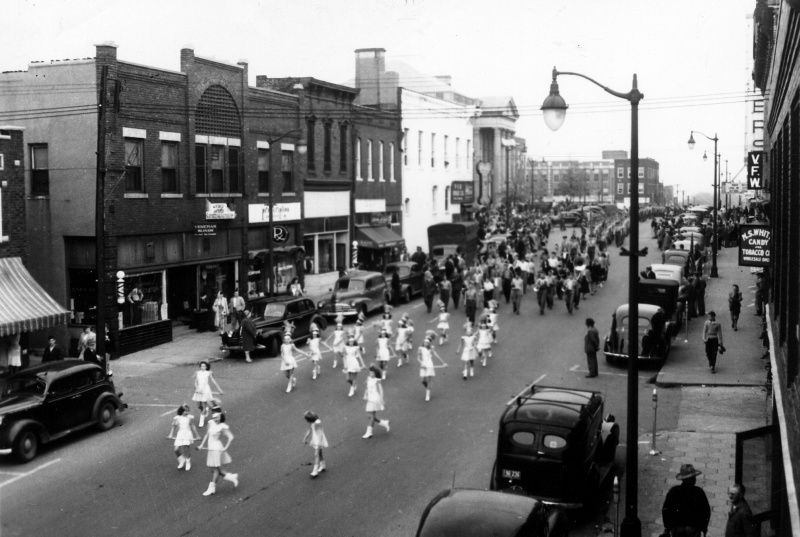
Election Day celebration in Lexington, Missouri, 1948
Related Content




